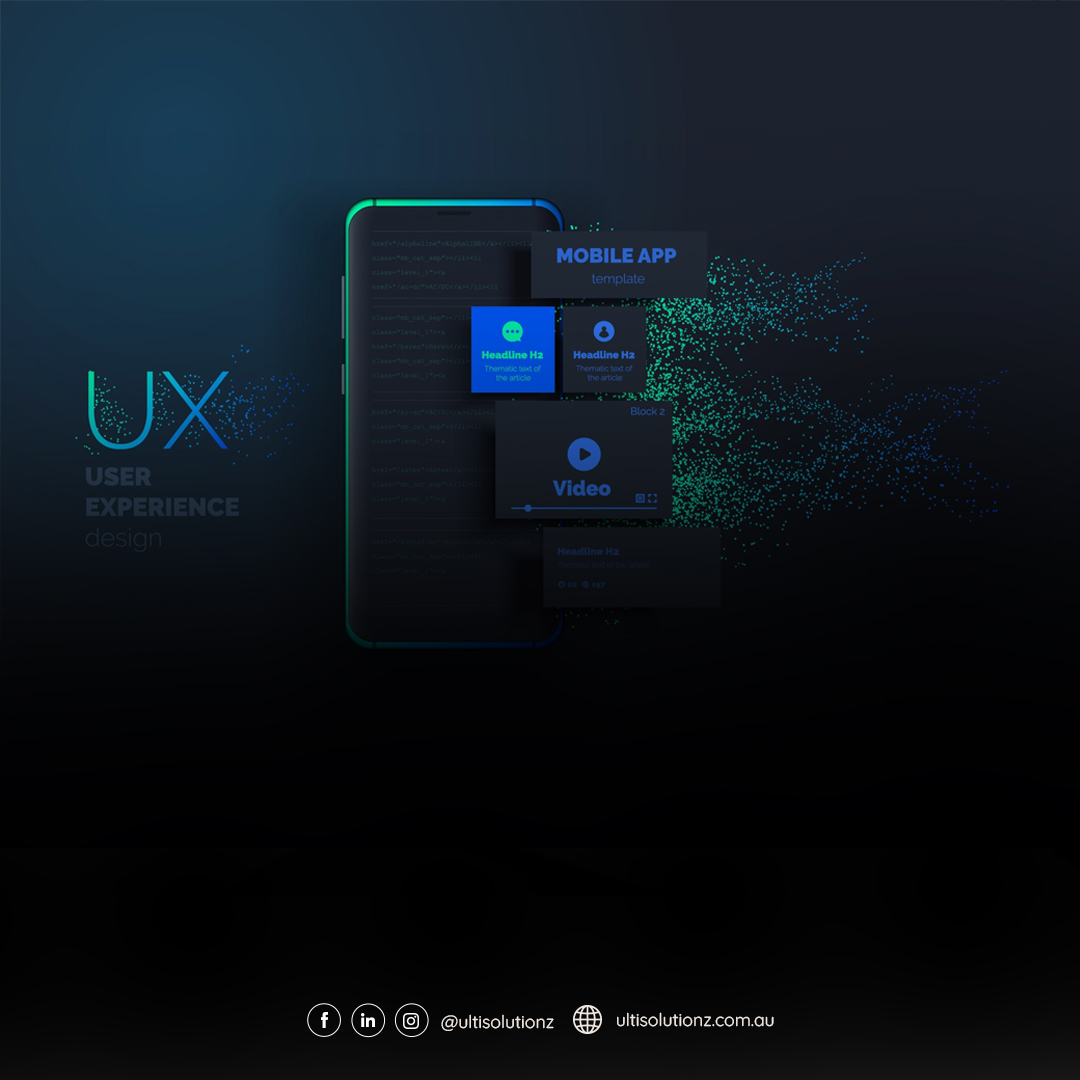Empowering UI/UX Designers: Essential Strategies
The success of digital products in the ever-changing digital ecosystem of today is largely dependent on how well-designed its user interface (UI) and user experience (UX) are. These components are essential in determining how customers engage with and view a product, which in turn affects customer happiness and loyalty. For designers looking to navigate this ever changing landscape of quickly advancing technology and rising client demands, learning UI/UX designer is important. It involves becoming an expert at creating seamless, straightforward, and pleasurable user experiences that deeply connect with users.
We will go deeply into the area of UI/UX design in this extensive guide, covering important ideas, approaches, and best practices used by the industry. In an ever-evolving digital ecosystem, this guide seeks to empower designers to create extraordinary digital experiences that engage and delight consumers by providing them with a complete understanding of UI/UX principles and approaches.
Understanding UI/UX Design:
Within the field of digital interface development, UI and UX designer are two related but separate professions. The visual components of a digital interface, including layout, typography, color schemes, and interactive features, are the main focus of user interface (UI) design. It focuses on developing an aesthetically pleasing and captivating interface that connects with consumers and successfully conveys the identity and message of the business.
However, the goal of UX design is to increase user happiness through better usability, accessibility, and general enjoyment of the product’s interaction. In order to provide smooth and intuitive experiences, it goes further into comprehending user behaviors, needs, and motivations. UX design makes ensuring the interface works well, is simple to use, and meets user needs.
The Importance of UI/UX Design:
Superior UI/UX design becomes a critical distinction for products and services in today’s highly competitive market, when users are overwhelmed with options. A well-designed interface draws in users and keeps them interested with its easy-to-use navigation, unambiguous messaging, and smooth interactions. Positive user experiences are crucial because they encourage advocacy and involvement in addition to fostering consumer loyalty.
An interface that is well-designed increases user pleasure, promotes recurring use, and creates favorable word-of-mouth recommendations, all of which are factors that ultimately contribute to the sustainability and long-term success of digital products. For organizations looking to succeed in today’s competitive world, where user-centricity is paramount, investing in outstanding UI/UX design is essentially a strategic imperative rather than just an aesthetic decision.
Key Principles of UI/UX Design:
User-Centric Approach: The cornerstone of good UI/UX designer is an understanding of the requirements, preferences, and behaviors of the target audience. User-centered designs that are customized to satisfy user expectations can be developed more easily with the help of user research, user persona creation, and usability testing.
Consistency: A consistent user experience is facilitated by familiarity and predictability in design aspects including layout, typography, and visual styling. Maintaining consistency and usability across several screens and interactions is facilitated by implementing design patterns and following established conventions.
Simplicity: When it comes to designing intuitive and user-friendly interfaces, the most important principle in UI/UX designer is simplicity. Users may find it difficult to do jobs effectively due to the intricacy of digital interfaces, which can quickly overwhelm them. Thus, in order to minimize cognitive load and improve usability, designers should place a high priority on simplicity and clarity in their designs.
They should also work to streamline user interfaces and remove unnecessary elements. Designers may produce fluid and captivating user experiences that enable users to navigate with ease and accomplish their objectives with ease by simplifying interfaces and concentrating on key components. Adopting a simple approach increases usability and strengthens the bond between consumers and products, which in turn boosts customer happiness and retention rates.
Accessibility: Creating inclusive digital products guarantees that people with a range of needs and abilities can use them. Give top priority to accessibility elements that let all users interact with the interface efficiently, such as color contrast, keyboard navigation, and screen reader compatibility.
Feedback and Iteration: To create outstanding user interface (UI) and user experience (UX) concepts, iterative design techniques and continuous feedback loops are essential. These procedures are essential for honing UI/UX designer and making sure they satisfy changing customer demands and preferences. Designers can obtain important insights directly from users and develop a greater understanding of their behaviors, motivations, and pain areas by utilizing user testing, analytics, and surveys. By using real-world user input to inform iterative design improvements, this data acts as a compass. Designers may improve UI/UX concepts by iteratively testing, analyzing, and refining them to address any potential usability problems or points of friction.
In addition to encouraging creativity and innovation, this iterative process helps designers produce digital experiences that genuinely connect with users. Designers may consistently improve the caliber of UI/UX concepts by adopting iterative design techniques and encouraging continuous feedback loops. This will eventually lead to the delivery of goods and services that surpass user expectations and help businesses succeed in the cutthroat digital market.
Best Practices in UI/UX Design:
In order to provide the best possible user experience across a range of screen sizes and devices, responsive design has become essential due to the widespread use of mobile devices. Adopt a mobile-first strategy and create interfaces that fluidly change to accommodate various viewport sizes and orientations.
Visual Hierarchy: Creating a distinct visual hierarchy makes it easier for users to navigate and retrieve information by focusing their attention on the most important stuff first. Make advantage of visual cues to direct users through the interface and highlight important aspects, such as font, color, and size.
Seamless Navigation: To help people navigate digital interfaces and complete tasks more quickly, intuitive navigation is crucial. Create user-friendly navigation menus, utilize breadcrumb trails, and include visible signposts to make it easier for users to get about the interface and locate pertinent material.
Microinteractions: Microinteractions are becoming increasingly important as methods for increasing user satisfaction and engagement in the field of user interface UI /UX designer. The whole user experience is enhanced by these subtle yet powerful interactions that react to user actions with visual cues and feedback. Digital interface designers can improve usability and produce more logical and interesting interactions by adding microinteractions.
Users receive instant, satisfying reactions when interactions are enhanced with subtle animations, transitions, and feedback systems. These elements also help users navigate the interface with ease. Microinteractions add a humorous animation to confirm an action, a subtle hover effect on a button, or a seamless transition between pages to make the user experience more dynamic and engaging.
Conclusion
UI/UX design mastery is a lifelong process motivated by creativity, empathy, and a dedication to quality. To design digital experiences that enthrall and empower consumers, it entails comprehending their requirements and preferences. To influence the direction of digital engagement and propel success in a cutthroat industry, designers need to remain abreast of new trends and technological advancements and infuse intentionality and purpose into every design choice. UI/UX designer may produce experiences that surpass user expectations and make a lasting impact by learning and adapting continuously. This will ultimately help to ensure the success and long-term viability of digital goods and services.




